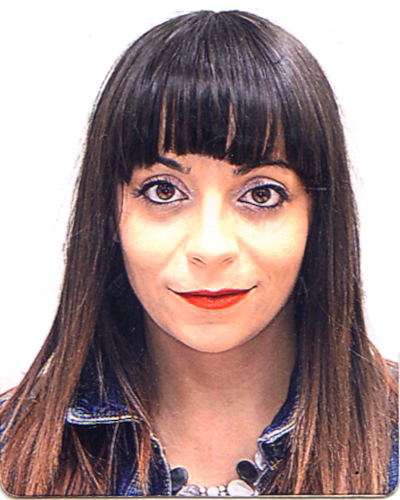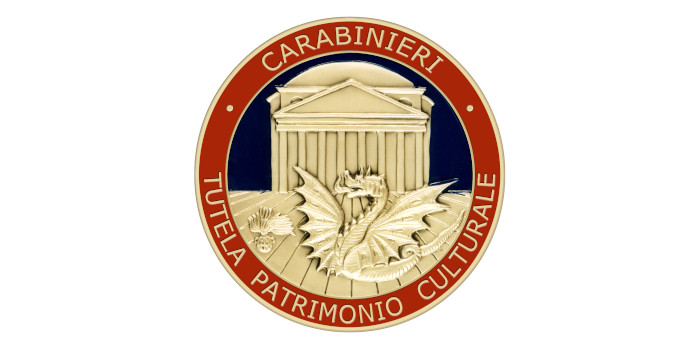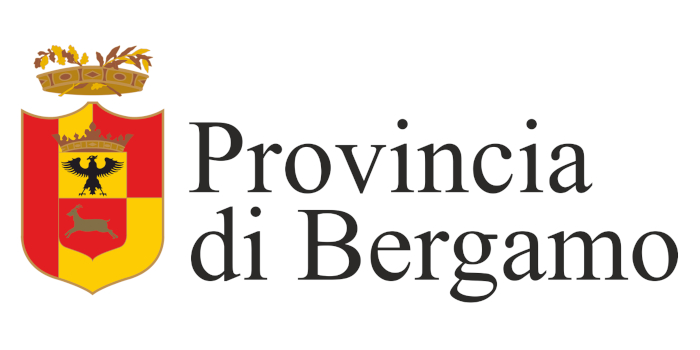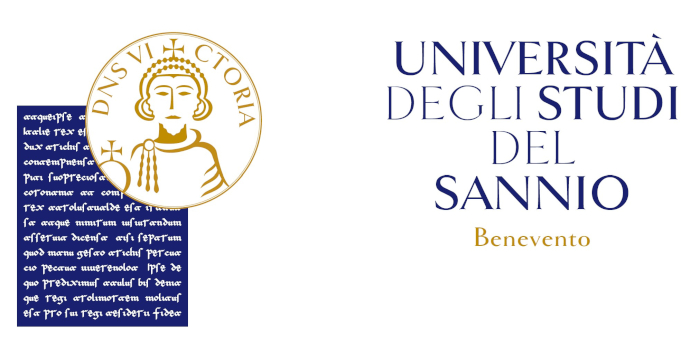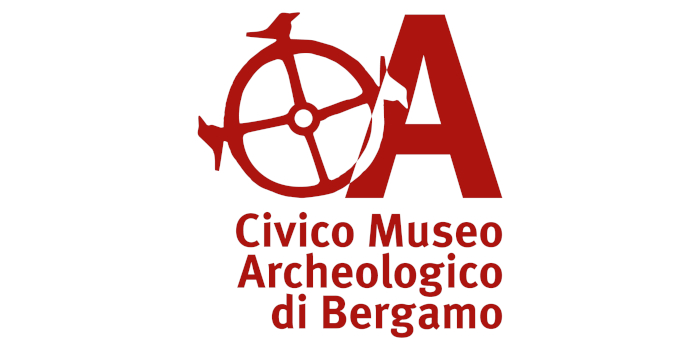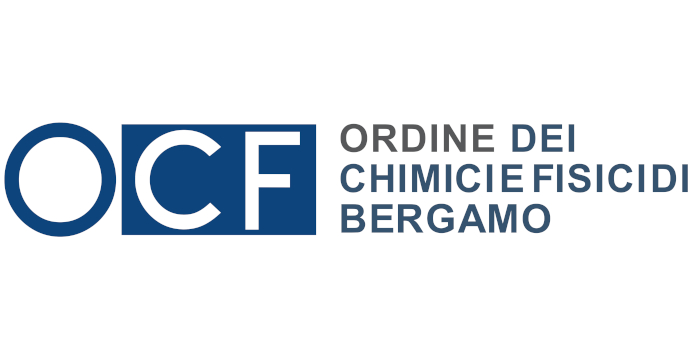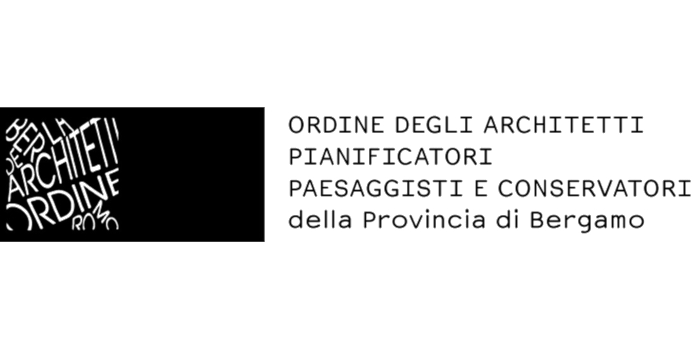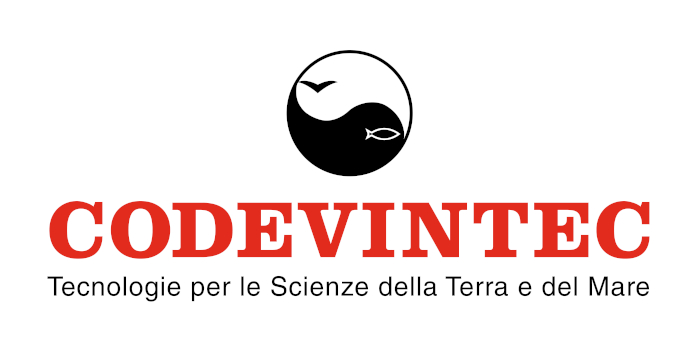SPECIAL SESSION #9
From Composition to Conservation: Advanced Diagnostic Techniques for the Study of Ancient, Modern and Contemporary Painting Surfaces
ORGANIZED BY
Valeria Comite
University of Milan, Italy
Francesca Sabatini
University of Milan-Bicocca, Italy
Antonino Fiorentino
University of Milan, Italy
ABSTRACT
The study and conservation of cultural heritage represent a fundamental challenge in safeguarding our artistic and historical legacy. The applied diagnostic in the field of cultural heritage, whether for ancient and modern and contemporary artworks, plays a crucial role in understanding their composition, execution techniques, and state of preservation. The use of advanced analytical methodologies provides essential insights that enable planning targeted and sustainable conservation and restoration interventions.
This special session will welcome interdisciplinary contributions focused on the characterization of artworks of various natures, with a particular emphasis on paintings on different supports, from canvas to murals, through the application of both innovative and well-established diagnostic techniques. We encourage contributions that apply both non-invasive and in-situ diagnostic techniques, such as multispectral and hyperspectral imaging, Raman and Infrared spectroscopy, X-ray fluorescence, and micro-destructive methodologies such as chromatography coupled with mass spectrometry as well as thermal techniques for the in-depth analysis of artistic materials. Special attention will be given to studies employing integrated multi-analytical approaches for the identification of pigments, binders, and constituent materials, as well as research addressing the evolution of painting techniques over time. Particular interest will be given to research focusing on conservation strategies, including new protective and consolidating materials, as well as the development of innovative and eco-friendly cleaning methods for painted surfaces.
This session aims to foster dialogue among experts from different disciplines, including art historians, chemists, physicists, conservators, engineers, and biotechnologists, promoting an integrated approach to the study and preservation of painted artifacts. The goal is to encourage discussion on the essential role of diagnostic technologies in understanding, preserving, and enhancing our artistic heritage, a key element of cultural identity and historical memory.
ABOUT THE ORGANIZERS
Valeria Comite is an Associate Professor of Analytical Chemistry (CHEM-01/A) at the Department of Chemistry of the University of Milan. Her research focuses on the application of analytical chemistry in various fields, particularly in the study of black crust formation and degradation processes affecting cultural heritage, as well as the interactions between materials and atmospheric pollution. She has also conducted extensive work on the characterization of environmental and food matrices, with particular attention to the analysis of materials and forms of degradation in movable cultural heritage, such as paintings, wooden panels, and modern artworks.
Throughout her career, she has participated in numerous national and international research projects aimed at understanding the impact of atmospheric pollution on historical monuments and testing innovative protective and consolidating treatments for stone materials. Her interdisciplinary approach has led her to collaborate with major research institutions and universities, contributing to the conservation and scientific study of cultural heritage.
Her expertise extends to the chemical characterization of degradation phenomena, supporting the development of strategies for heritage preservation. She has been involved in various scientific initiatives, including projects on pollutant analysis and their effects on cultural artifacts. Her work has contributed to the advancement of analytical methodologies applied to conservation.
Valeria Comite is the author of over 100 scientific publications in international peer-reviewed journals, with an h-index of 23 (Scopus), and has contributed to 70 conference proceedings.
Francesca Sabatini is a researcher at the Department of Earth and Environmental Sciences (DISAT) at the University of Milano-Bicocca. She graduated in Chemistry at the University of Pisa in 2014 and obtained her PhD in Chemistry and Material Science at the University of Pisa (XXXI Cycle) in 2019. Her research interest is mainly focused on the study of the aging of natural and synthetic organic pigments as well as on the characterization of organic binders and synthetic polymers in ancient and contemporary artworks by chromatographic and mass spectrometric techniques. She has worked on the development and application of punctual and hyperspectral spectroscopic techniques. She took part in several diagnostic campaigns performing in-situ analysis across European museums within the E-RIHS infrastructure. Currently, she is also involved in environmental chemistry projects dedicated to the valorization of biomasses and the determination of bioactive molecules in food matrices. In these years she has collaborated with several national and international universities, research institutes, and industries in projects dedicated to the chemistry of cultural heritage, sustainability, and waste valorization. The results of her research have been published in over 40 scientific publications in peer-reviewed international journals, with an h-index of 12 (Scopus), and in several national and international conferences.
Antonino Fiorentino is a Research Fellow in Analytical Chemistry (CHIM/12) at the Department of Chemistry of the University of Milan. His research is focused on the application of advanced analytical methodologies for environmental monitoring and water treatment, with particular emphasis on the fate of contaminants and the removal of pollutants through advanced oxidation processes. He has developed a strong expertise in the study of disinfection processes and antibiotic resistance in wastewater and natural aquatic environments.
His work combines analytical chemistry with environmental engineering, targeting the assessment and optimization of green technologies, such as solar-driven photo-Fenton reactions and biochar-supported treatments, for sustainable water reuse. He has also applied his analytical skills to cultural heritage, participating in multi-disciplinary studies on air pollutant effects and degradation processes in historical environments and artifacts.
Throughout his career, he has been involved in several international and national research collaborations, including EU-funded projects and COST Actions, and has conducted research stays at leading institutions in Spain, France, China, and Cyprus. His contributions include methodological advances in pollutant characterization and the development of innovative treatment technologies, some of which are patented.
Antonino Fiorentino is the author of 41 scientific publications in international peer-reviewed journals, with an h-index of 20 (Scopus), and has contributed to numerous conference presentations. He is co-founder of the academic spin-off AOP4Water, focused on the development of green catalysts for environmental applications.


